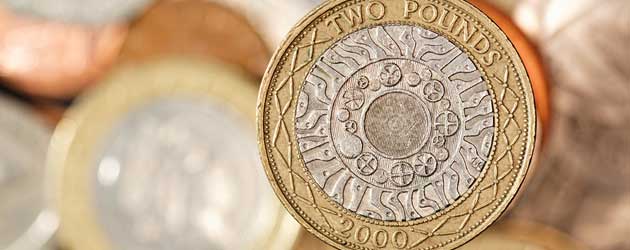
The Pound rocketed higher against all of its major currency rivals yesterday as an outstandingly strong UK Service Sector print boosted economic sentiment in Britain.
Smashing economists’ forecasts of 54.5, the latest Service Sector PMI report showed that activity grew from 54.9 in May to 56.9 in June. The surprisingly sturdy score marked the highest rate of acceleration since March 2011 and included information that Employment in the sector is currently at a near-6-year high and Confidence regarding future output is at a 14-month high.
The Service Sector is an incredibly important gauge of the British economy as a whole; it accounts for just over 70% of total output and covers a large range of tertiary industries. Among the most notable activities that fall into the bracket of Britain’s dominant Services are: financial services, hotels, restaurants, education, creative industries, tourism and transport. UK GDP was heavily buffeted by strong Service Sector output in the first quarter, and the run of six consecutive months of expansion in Services bodes extremely well for second quarter growth.
Furthermore, during the second quarter of 2013, as economic prospects have improved across the country, Construction and Manufacturing output has also climbed out of the red to post positive PMI readings. In light of yesterday’s robust Services Purchasing Managers Index it is now apparent that Britain saw growth in all three areas of the economy during the last two months, which enhances the probability that Gross Domestic Product will print strongly in Q2.
Whilst estimates in the region of 0.5% have been floating around for a while now, sometimes considered over-optimistic, the better-than-expected Services print led Chris Williamson of Markit Economics to say that: “the economy is on course to expand by at least 0.5% in the second quarter”, raising the possibility that GDP could come in even stronger than first thought.
The upbeat PMI result also carried positive connotations for the Pound in terms of this morning’s Bank of England policy announcement. With the British economy accelerating through the gears and building momentum it is unlikely that the BoE will feel the need to inject any more fuel into the engine at this juncture. Indeed, Chris Williamson commented:
“With growth this strong, it’s hard to see how any of the members of the Monetary Policy Committee could make a case for further quantitative easing”.
Quantitative easing is seen to devalue Sterling because it artificially reduces the yield on UK Gilts, which makes them less attractive to investors, and therefore decreases demand for the currency. The BoE has held monetary policy at the same level – 0.50% benchmark interest rate and £375 billion asset purchasing target – since this time last year and is unlikely to buck that trend today.
In response to the excellent Service Sector print, and its implications for Q2 growth and BoE easing, the Pound posted a series of gains against the Euro, the US Dollar, the Canadian Dollar, the Australian Dollar and the New Zealand Dollar.
Sterling improved by around 0.8 cents to 1.1760 against the Euro (GBP/EUR), 1.3 cents to 1.5290 against the US Dollar (GBP/USD), 1.1 cents to 1.6090 against the Canadian Dollar (GBP/CAD), 2.5 cents to 1.6825 against the Australian Dollar (GBP/AUD) and 1.1 cents to 1.9660 against the New Zealand Dollar (GBP/NZD).

Comments are closed.